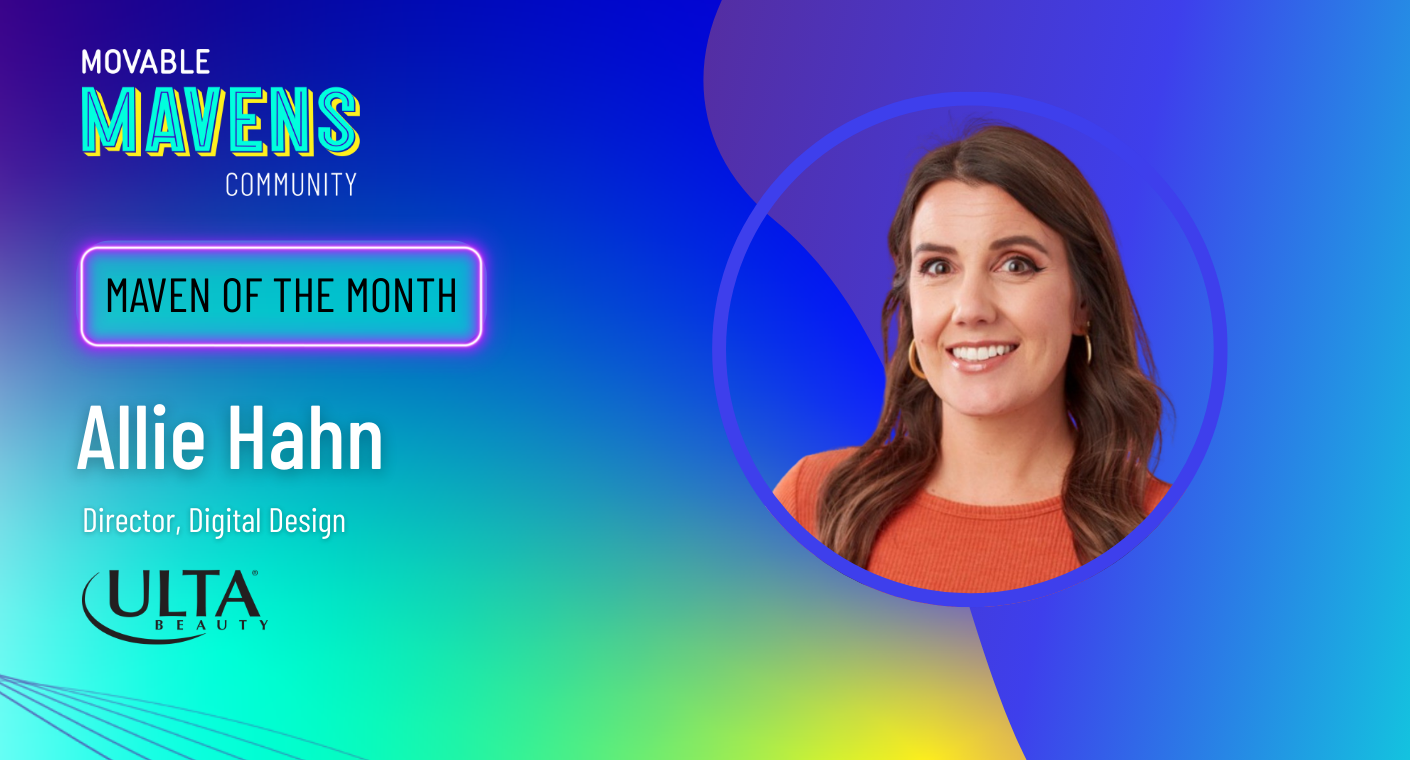Everyone talks about Q4 like it’s the main event—the quarter that makes or breaks the year. Big budgets, big campaigns, big results. But in reality, the brands that win during Q4 are starting much earlier and seeing better results.
Q3 has quietly become one of the most important quarters of the year. It’s when marketers lay the groundwork: building audience intelligence, testing messages, and launching personalized experiences that drive results well before the holiday chaos kicks in.
The truth is, by the time Black Friday rolls around, the high-performing campaigns are already running—and the marketers behind them already know what’s working.
If you're still treating Q3 like a warm-up, you're missing the window. Here’s how today’s savviest CMOs are turning early personalization into a serious revenue driver and giving their teams the tools to win long before peak season hits.
1. Warm Up the Funnel Now—Not Later
If you wait until October to start “getting holiday-ready,” you’re already behind. The most high-performing teams are using Q3 to build segments, test creative, and learn what actually gets people to click, shop, and stick around.
This isn’t about flooding inboxes now with holiday promos for a Christmas in July experience. It’s about using this quieter season to observe patterns, build engagement, and figure out what messages resonate with different customer cohorts so that you’re not guessing when the stakes are higher.
Think of Q3 as a testing lab. What you learn now becomes the blueprint for every touchpoint in Q4.
Try this: Test different content blocks, product categories, and personalization modules in your emails. Which combinations are driving action? Bake that insight into your holiday campaigns and you’ll launch with more confidence and less cleanup.
2. Get Ahead of Inventory Pains and Loyalty Drops
Let’s face it. Inventory delays and shipping issues are now a holiday tradition in themselves. You can’t control the supply chain, but you can control how you message around it.
Brands that start personalizing early are better equipped to handle the unexpected later. From “back-in-stock” alerts to low-inventory nudges and loyalty exclusives, these messages create urgency without slashing prices—and they keep your best customers engaged before competitors start ramping up their noise.
Personalization isn’t just about conversions—it’s a tool for trust and retention, especially when things don’t go as planned.
Try this: Use purchase and engagement data to identify your top 10% of customers. Offer them early access to limited inventory or curated product drops tailored to their past behaviors. Small touches go a long way in reinforcing loyalty before the discount floodgates open.
3. Avoid Last-Minute Rushes with Better Automation
Q4 demands can overwhelm teams—too many campaigns, too little time—and rushed personalization often leads to missed opportunities or generic messaging.
That’s why forward-thinking CMOs are investing in automated, personalized campaigns early in Q3. By setting up triggered journeys and dynamic content flows now, they’re creating a steady stream of relevant experiences that build momentum without burning out their teams.
It’s not about ramping up resources in Q4—it’s about leveraging automation to deliver personalized messages that connect with your audience, efficiently and effectively.
Try this: Launch automated lifecycle campaigns based on browsing behavior, past purchases, or engagement signals today. Use these insights to refine and scale your messaging ahead of Q4—and keep revenue flowing smoothly when volumes spike.

.png)


.png)
.png)


